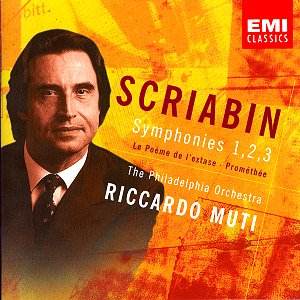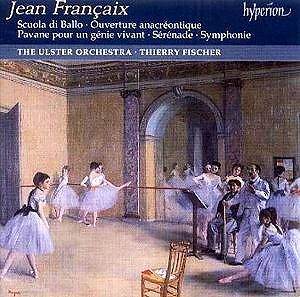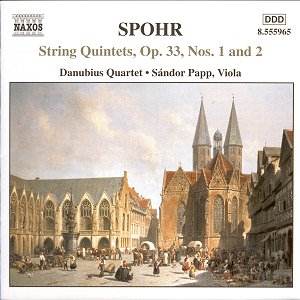 Composer: Antonio Vivaldi
Composer: Antonio Vivaldi
Works: The Four Seasons, Violin Concertos op. 8 nos. 1-4, RV 269, 315, 293, 297, Concertos RV 581 and 582
Performers: London Mozart Players, David Juritz (violin and director)
Recording: Recorded at the church of St Silas the Martyr, Chalk Farm, London, on 1 and 2 March 1999
Label: NAXOS
Antonio Vivaldi’s “The Four Seasons” remains one of the most iconic and frequently performed works in the Baroque repertoire. This collection of violin concertos, composed in 1723, exemplifies the vivid programmatic style that characterizes much of Vivaldi’s output, vividly translating the changing seasons into musical language. The Naxos recording, featuring the London Mozart Players under the direction of violinist David Juritz, presents these beloved concertos with a blend of interpretative flair and technical proficiency, although it occasionally falters in execution and sound engineering.
Juritz leads his ensemble with a commendable balance of authority and sensitivity, the opening ritornello of “Spring” breathes life into the work with a buoyancy that is both refreshing and engaging. The London Mozart Players exhibit a remarkable ensemble cohesion, allowing for nuanced crescendos and dynamic contrasts that highlight the textural richness of Vivaldi’s writing. However, while the orchestral playing is largely commendable, Juritz’s solo contributions sometimes lack the necessary tonal variety and expressive depth, particularly in the slow movements. His ornamentation choices, while abundant in “Spring,” risk overwhelming the music’s natural flow, leading to moments of rhythmic inflexibility.
The recording quality is a double-edged sword; while the clarity of the sound allows for intimate listening, it also exposes minor technical slips that might otherwise remain unnoticed in less revealing productions. Instances of uneven staccato runs in the finale of “Summer” and lapses in bow control during “Autumn” detract from the overall polish expected in such a celebrated work. The pin-sharp focus of the engineering brings forth the ensemble’s intricate interplay, yet it also lays bare Juritz’s occasional rhythmic rigidity, particularly evident in the Danza Pastorale of “Spring.” The engaging lilt that characterizes this movement is somewhat compromised by Juritz’s straightforward approach, which does not quite capture the playful spirit intended by Vivaldi.
The disc also includes two additional concertos composed for the Feast of the Assumption of the Virgin Mary. While these bonus pieces offer a delightful diversion, they lack the vibrancy and character found in “The Four Seasons.” The surrounding images, while visually appealing, do little to enhance the listening experience and may ultimately distract from the music’s inherent beauty. The choices made in visual representation fail to connect meaningfully with the musical narrative, which is a missed opportunity in the context of a multimedia presentation.
This recording of “The Four Seasons” by the London Mozart Players, while it contains moments of exceptional artistry, ultimately presents a mixed bag of interpretative choices and technical execution. Juritz’s leadership is commendable, yet it is the collective talent of the London Mozart Players that shines through, providing a solid foundation. For those seeking a definitive interpretation of Vivaldi’s masterpieces, this offering may not fully satisfy, but it does provide a worthwhile listen, particularly for those new to the rich tapestry of Vivaldi’s music. The recording stands as a testament to the enduring appeal of “The Four Seasons,” even if it does not quite ascend to the heights of the most celebrated interpretations available today.



